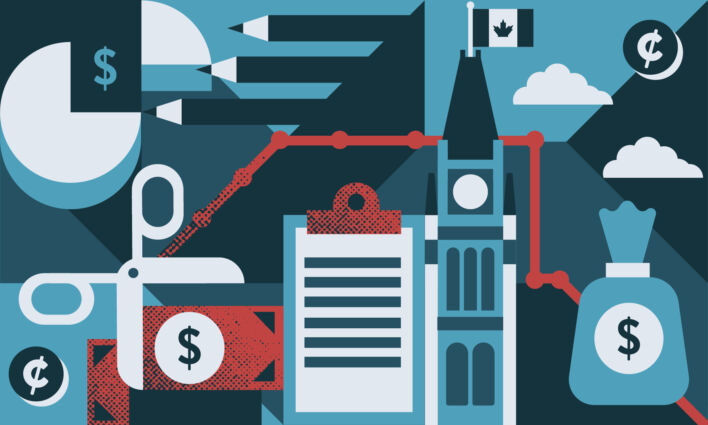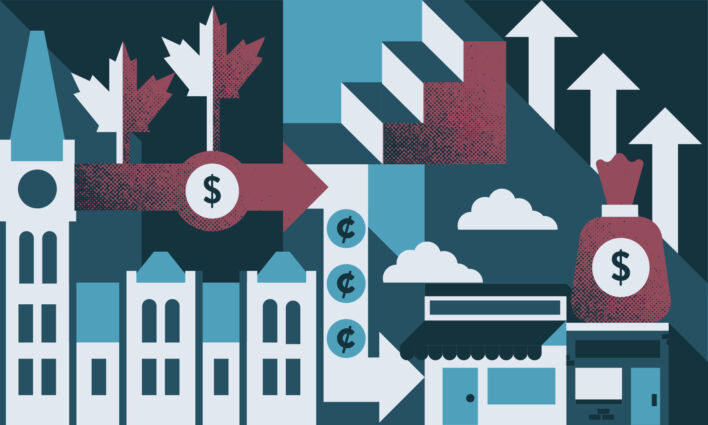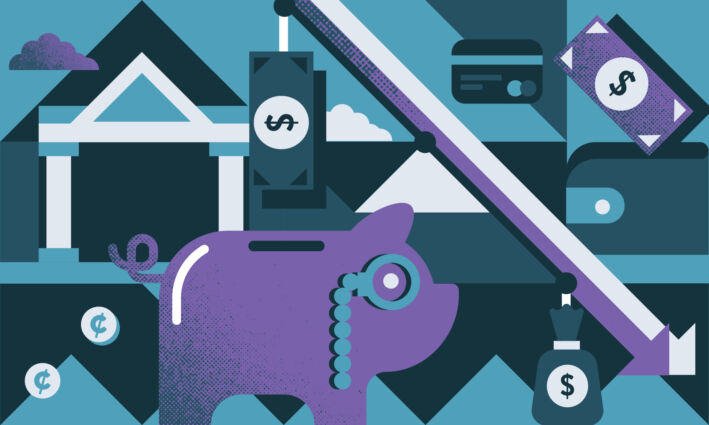COVID-19 has put a spotlight on the lack of paid sick leave for workers in our province, indeed our country. Whether employees have access to sick leave, paid or unpaid, is part of labour standards legislation. Given that only 30% of workers are unionized in Nova Scotia (12% in the private sector) and work has become increasingly precarious and insecure, strong labour standards are all the more necessary to ensure all workers receive basic protections for their health, safety and well-being, as well as that of their workmates and the community in which they live.
Last summer, the Canadian Centre for Policy Alternatives–Nova Scotia released a report in which I reviewed labour standards in Nova Scotia, comparing them to other jurisdictions in Canada. Regarding sick leave, along with two other provinces, Nova Scotia has the shortest leave available to employees in Canada with only three unpaid days per year.
Nova Scotia is, however, one of only two provinces to provide emergency leave to cover employees when a government declared emergency occurs and a medical officer tells employees to stay off work, or an employee must care for someone who is affected by the emergency. This essentially means that employees cannot lose their jobs if a state of emergency is declared; however, this is an unpaid leave.
Outside of a state of emergency, Nova Scotia workers have access to an unpaid critical illness leave of up to 37 weeks to provide care for an ill child who is a family member or 16 weeks to provide care for an adult family member. Employees can also take extended compassionate care leave, which allows up to 28 weeks of unpaid leave to take care of a critically ill family member whose imminent death is expected.
In the scenarios applicable to COVID-19, workers should be protected to take sick leave for at least 14 days even if an emergency is not declared. Three days of unpaid leave is inadequate for a regular flu virus. Taking unpaid leave for three days a year might not be an economic strain for most people, but the impact is a hardship for some workers. Providing up to seven paid days per year would recognize that people should not be punished for ill health and that it is more costly to expose others to illness unnecessarily. These paid leaves should also not require employees to get a doctor’s note, which is a waste of public health dollars and a burden on our health care system.
What about workers who must take extended unpaid leave? Aside from protecting their jobs, we must ensure they have income support. We know that only about 42% of workers are able to access employment insurance, many do not have the required number of hours to be eligible or are self-employed contractors who don’t have access or who have limited eligibility.
Here’s the thing, even if you are eligible for EI, while the federal government waived the waiting period you still only get access to 55% replacement wage, to a maximum of $573 a week. Imagine if you are a minimum wage earner, or your household has two earners who have to take an extended leave? Workers who do not get access to EI also need support. A special emergency fund that assists with living expenses needs to be created for workers who do not qualify for EI.
We should really be asking ourselves why these gaps in worker protections, and indeed in our social safety net, exist. Eight years ago, the CCPA-NS published a review of labour standards with recommendations to strengthen protections. Very little has changed since then. Part of the reason is that we haven’t changed how decisions are being made or who makes them. Governments should not be about balancing protections for workers with business considerations, but instead focused on protecting those with the least power in that employer-employee relationship. If we left it up to business common sense, which provisions would they choose to voluntarily honour?
Decision-makers must ensure that the voices of those who are not usually at the table are being heard because they are more likely to be those who are more vulnerable to being exposed and least able to protect themselves. Those voices include women, who make up a majority of health care workers and all paid and unpaid caregivers, those who are homeless or in crowded housing, those who are precariously employed (especially as precarious workers are more often racialized individuals and newcomers), those in prison and those unable to care for themselves.
Ensuring the most vulnerable are protected, ensures we are all protected.
Rebecca Casey, PhD is Assistant Professor in the Department of Sociology at Acadia University.






